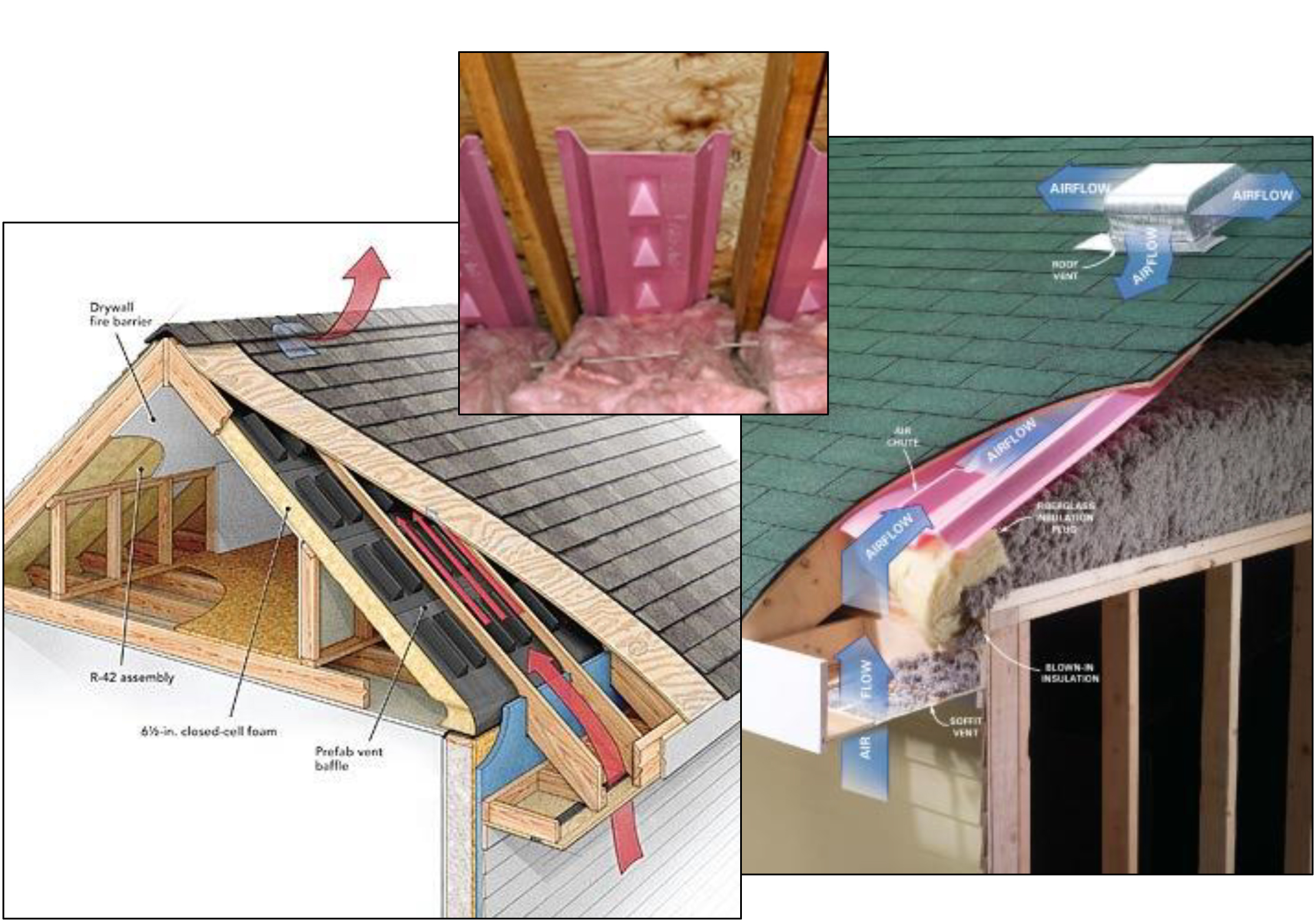Under the Tax Cuts and Jobs Act, bonus depreciation now applies to both new and used property, and includes rental real estate. This change encourages more real estate investments, as well as investments in used equipment, according to Tom Wheelwright, a CPA and CEO of WealthAbility.
“And it means that much property can now be written off completely in the year the property was acquired, even if the property is not new,” he said. “Unlike the Section 179 deduction, there is no income limitation on bonus depreciation.”
The TCJA increased the bonus depreciation deduction for real estate investments from 50 percent to 100 percent for qualified property that is acquired and placed in service after Sept. 27, 2017, and before Jan. 1, 2023, he noted.
For section 179, the TCJA increased the maximum deduction from $500,000 to $1 million, increased the phaseout threshold from $2 million to $2.5 million, and expanded the scope to include certain improvements to non-residential properties after the date that the property was first placed in service, Wheelwright observed.
“Along with equipment such as computers and machinery, the Section 179 deduction has expanded to include roofs, HVAC units, and fire alarms and security devices for non-residential properties,” he said. “These purchases are all deductible when purchased rather than depreciated over many years. Instead of deducting them through normal depreciation, taxpayers are now able to deduct 100 percent of the cost for the year they were added to the property.”
There is some confusion over bonus depreciation versus the Section 179 deduction, according to Wheelwright. “The application of bonus depreciation to real estate is confusing to practitioners because this is a new concept,” he said. “Bonus depreciation now includes new and used equipment, furniture, fixtures and most land improvements. Historically, it has only applied to new equipment, so previously practitioners have relied on the Section 179 deduction for used equipment.”
“For 2018 tax returns, I rarely saw real estate investors or business owners use the Section 179 deduction,” Wheelwright commented. “If there’s a choice between bonus depreciation and Section 179, bonus depreciation tends to be better, especially since there is no recapture if the property is converted to personal use.”
“Here’s where it can apply to any real estate investment,” he said. “Let’s say you’re renting the real estate or use the real estate in your business. As long as you bought it after Sept. 27, 2017, you can use bonus depreciation for new or used property.”
Cost segregation is a necessity, Wheelwright cautioned: “I’ve been shocked that there are practitioners who actually think that cost segregation is aggressive. If you read Code Sections 167 and 168, they say a cost segregation study is technically required. It’s actually always required, because you are supposed to reduce your cost basis in your asset by ‘allowed or allowable’ depreciation. So if you didn’t take full depreciation, you technically should reduce your basis by the amount that would have been allowed if you did a cost segregation and and had taken full depreciation.”

When you buy real estate, you’re actually buying four things: the land, the building, the land improvements and the contents, Wheelwright explained: “Bonus depreciation can apply to anything that has a useful life of less than 20 years. Land improvements have five-, seven-, and 15-year depreciation periods, so they are all subject to bonus depreciation in the first year.”
The potential savings are significant. “For example, your client buys a fourplex for $1 million. Typically, as much as 30 percent of the price would qualify for bonus depreciation,” he said. “This means they could end up with a $300,000 deduction the very first year. Consider the fact that their down payment was in the neighborhood of $200,000 — suddenly, real estate is a whole different animal as far as investing than it used to be.”
The passive loss limitation is the biggest question that comes up for bonus depreciation on real estate, Wheelwright noted. “So if you have a passive loss from real estate, you have to create passive income,” he said. “For example, your client owns an S corporation that is their primary source of income. They are probably active in that business. Let’s say that same client owns investment real estate which is a passive investment. All that means is that we now need to convert the active income to passive income.”
“Whether income from a business is active or passive depends on the activity of the owner in that business,” he continued. “If a child or a parent owned a portion of that S corporation and owned a portion of that real estate, the income from the S corporation would now be passive to the child or the parent and the real estate loss would be passive to the child or the parent. Now we can offset the loss from the real estate against the income from the business.”
“Always guard against the thought that passive losses are not deductible. Remember that they are deductible — against passive income,” Wheelright concluded.
 Ice forming inside of pipes often is not the cause for pipes breaking. Rather, water pipes typically break when an ice blockage occurs and the freezing and expansion causes an increase in pressure between the ice blockage and a closed faucet downstream of the blockage. Pipes that are protected by heat or insulation are typically safe, while pipes in crawlspaces, attics, and outside walls are vulnerable to freezing. Extremely cold weather and holes in the exterior for things such as telephone wire, cable, gas lines, etc. can allow cold air to come in contact with water pipes.
Ice forming inside of pipes often is not the cause for pipes breaking. Rather, water pipes typically break when an ice blockage occurs and the freezing and expansion causes an increase in pressure between the ice blockage and a closed faucet downstream of the blockage. Pipes that are protected by heat or insulation are typically safe, while pipes in crawlspaces, attics, and outside walls are vulnerable to freezing. Extremely cold weather and holes in the exterior for things such as telephone wire, cable, gas lines, etc. can allow cold air to come in contact with water pipes. 
 Make sure you actually need one, too
Make sure you actually need one, too


 Perhaps you are on the Building Committee which has been charged by the Board to recommend a replacement siding material for your 35 year old condo. Perhaps you are a property manager whose in-basket is filled with unit owner complaints about vinyl clapboard siding problems in the new condo complex. Whatever the vinyl façade issue is, the future solutions may surprise you.
Perhaps you are on the Building Committee which has been charged by the Board to recommend a replacement siding material for your 35 year old condo. Perhaps you are a property manager whose in-basket is filled with unit owner complaints about vinyl clapboard siding problems in the new condo complex. Whatever the vinyl façade issue is, the future solutions may surprise you. Cracks in foundations are by far the most common structural complaint raised in either reserve fund studies or transition studies. They can occur in the youngest or newest condo building. As condo documents usually assign the maintenance responsibility of their repair to the association, board members and property managers take them very seriously. Missouri condo buildings have many types of foundations including concrete block; brick; and mortared stone with the most common being poured concrete.
Cracks in foundations are by far the most common structural complaint raised in either reserve fund studies or transition studies. They can occur in the youngest or newest condo building. As condo documents usually assign the maintenance responsibility of their repair to the association, board members and property managers take them very seriously. Missouri condo buildings have many types of foundations including concrete block; brick; and mortared stone with the most common being poured concrete.